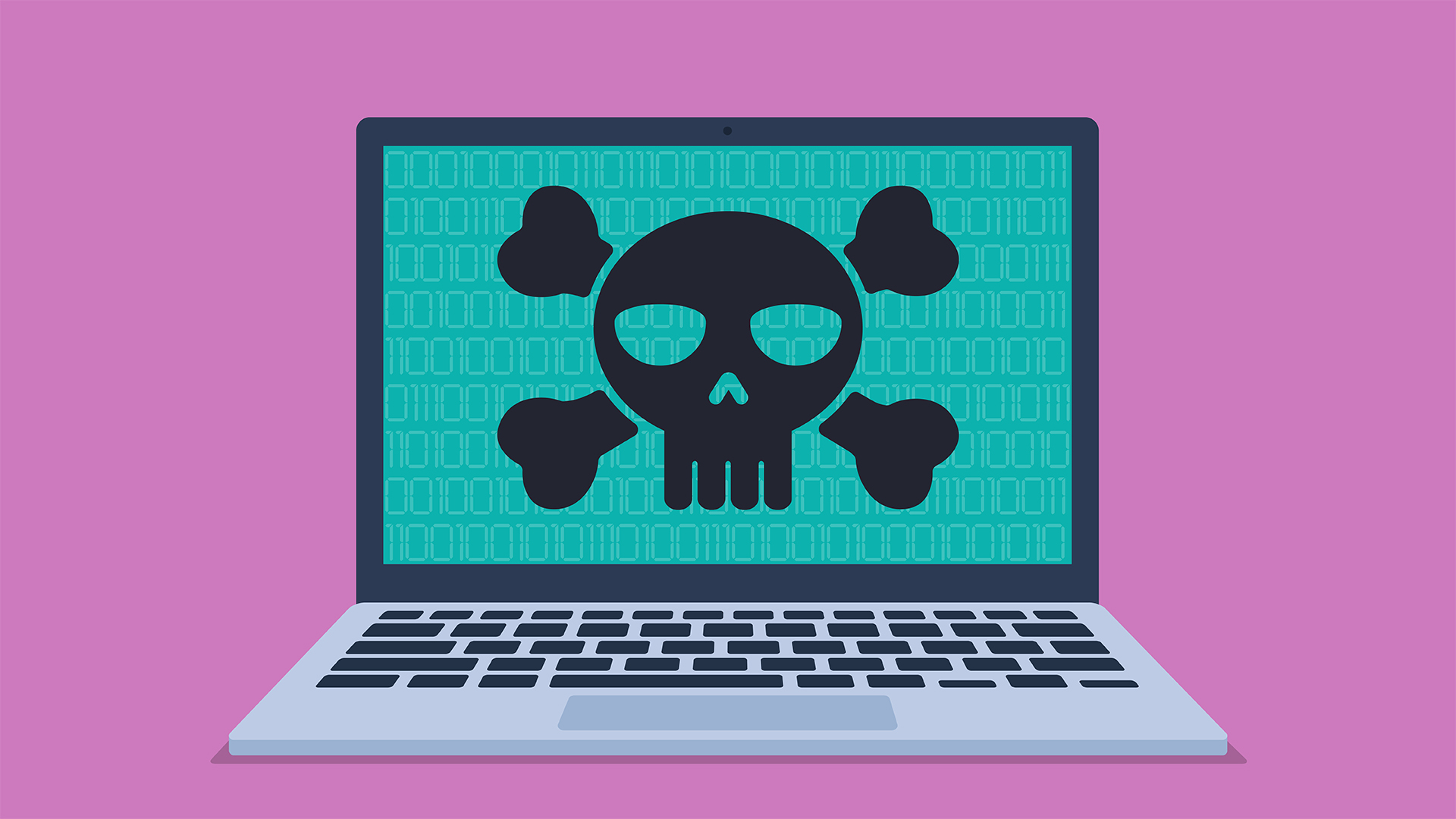Average ransom payment doubles in a single quarter
Targeted social engineering and data exfiltration have become the biggest tactics as three major ransomware groups dominate


Ransom payouts hit record levels this quarter, thanks to a dramatic rise in targeted social engineering attacks.
Analysis from Coveware by Veeam showed that the average ransom payment rocketed to $1.13 million - up 104% from the first quarter. The median payment rose by a similar amount, doubling to $400,000.
This surge was largely down to an increase in payments by larger organizations hit by data exfiltration-only incidents.
The study noted that data theft has now overtaken encryption as the primary extortion method, with exfiltration a factor in 74% of all cases. Meanwhile, multi-extortion tactics and delayed threats are on the rise.
"The second quarter of 2025 marks a turning point in ransomware, as targeted social engineering and data exfiltration have become the dominant playbook,” said Bill Siegel, CEO of Coveware by Veeam.
“Attackers aren’t just after your backups – they’re after your people, your processes, and your data’s reputation."
The quarter’s top ransomware variants were Akira (19%), Qilin (13%), and Lone Wolf (9%), while Silent Ransom and Shiny Hunters entered the top five for the first time.
Sign up today and you will receive a free copy of our Future Focus 2025 report - the leading guidance on AI, cybersecurity and other IT challenges as per 700+ senior executives
Ransomware groups target precision
The biggest threats involved social engineering attacks from three major ransomware groups – Scattered Spider, Silent Ransom, and Shiny Hunters.
These groups have now abandoned mass opportunistic attacks for precision strikes, using new impersonation tactics against help desks, employees and third-party service providers.
They regularly exploit vulnerabilities in widely-used platforms such as Ivanti, Fortinet VMware and Windows services, often right after a vulnerability has been publicly disclosed.
Meanwhile, 'lone wolf' attacks by extortionists using generic, unbranded toolkits are on the rise. allowing even mid-tier actors to breach enterprise infrastructure.
Insider threats escalate
Insider and third-party access risks showed an uptick in the quarter, particularly involving business process outsourcing (BPO) partners, contractors, and IT service providers.
"These external parties often hold privileged access but operate outside core security oversight, making them a growing vector of exploitation for credential misuse or social engineering," the researchers point out.
The worst-hit industry sector was professional services at 20%, followed by healthcare and consumer services at 14% each.
Mid-sized companies with between 11 and 1,000 employees made up 64% of victims - a sweet spot, researchers noted, for attackers balancing payout potential against less mature defenses.
Before exfiltrating or encrypting data, attackers are putting effort into mapping networks, enumerating assets and identifying the most valuable systems or datasets. This reconnaissance phase often relies on legitimate admin tools or built-in OS commands, making it hard to spot without contextual analysis.
If it can be detected, though, by monitoring for anomalous enumeration or employing deception technologies such as decoy credentials, honeyfiles or fake infrastructure, this phase can act as an early warning system.
"Organizations must prioritize employee awareness, harden identity controls, and treat data exfiltration as an urgent risk, not an afterthought," advised Siegel.
Make sure to follow ITPro on Google News to keep tabs on all our latest news, analysis, and reviews.
MORE FROM ITPRO
- A major ransomware hosting provider just got hit US with sanctions
- Ransomware victims are getting better at haggling with hackers
- The new ransomware groups worrying security researchers in 2025
Emma Woollacott is a freelance journalist writing for publications including the BBC, Private Eye, Forbes, Raconteur and specialist technology titles.
-
 I couldn’t escape the iPhone 17 Pro this year – and it’s about time we redefined business phones
I couldn’t escape the iPhone 17 Pro this year – and it’s about time we redefined business phonesOpinion ITPro is back on smartphone reviews, as they grow more and more intertwined with our work-life balance
-
 When everything connects, everything’s at risk
When everything connects, everything’s at riskIndustry Insights Growing IoT complexity demands dynamic, automated security for visibility, compliance, and resilience
-
 NHS supplier DXS International confirms cyber attack – here’s what we know so far
NHS supplier DXS International confirms cyber attack – here’s what we know so farNews The NHS supplier says front-line clinical services are unaffected
-
 LastPass hit with ICO fine after 2022 data breach exposed 1.6 million users – here’s how the incident unfolded
LastPass hit with ICO fine after 2022 data breach exposed 1.6 million users – here’s how the incident unfoldedNews The impact of the LastPass breach was felt by customers as late as December 2024
-
 Researchers claim Salt Typhoon masterminds learned their trade at Cisco Network Academy
Researchers claim Salt Typhoon masterminds learned their trade at Cisco Network AcademyNews The Salt Typhoon hacker group has targeted telecoms operators and US National Guard networks in recent years
-
 Trend Micro issues warning over rise of 'vibe crime' as cyber criminals turn to agentic AI to automate attacks
Trend Micro issues warning over rise of 'vibe crime' as cyber criminals turn to agentic AI to automate attacksNews Trend Micro is warning of a boom in 'vibe crime' - the use of agentic AI to support fully-automated cyber criminal operations and accelerate attacks.
-
 Cyber budget cuts are slowing down, but that doesn't mean there's light on the horizon for security teams
Cyber budget cuts are slowing down, but that doesn't mean there's light on the horizon for security teamsNews A new ISC2 survey indicates that both layoffs and budget cuts are on the decline
-
 NCSC issues urgent warning over growing AI prompt injection risks – here’s what you need to know
NCSC issues urgent warning over growing AI prompt injection risks – here’s what you need to knowNews Many organizations see prompt injection as just another version of SQL injection - but this is a mistake
-
 Chinese hackers are using ‘stealthy and resilient’ Brickstorm malware to target VMware servers and hide in networks for months at a time
Chinese hackers are using ‘stealthy and resilient’ Brickstorm malware to target VMware servers and hide in networks for months at a timeNews Organizations, particularly in the critical infrastructure, government services, and facilities and IT sectors, need to be wary of Brickstorm
-
 AWS CISO Amy Herzog thinks AI agents will be a ‘boon’ for cyber professionals — and teams at Amazon are already seeing huge gains
AWS CISO Amy Herzog thinks AI agents will be a ‘boon’ for cyber professionals — and teams at Amazon are already seeing huge gainsNews AWS CISO Amy Herzog thinks AI agents will be a ‘boon’ for cyber professionals, and the company has already unlocked significant benefits from the technology internally.
